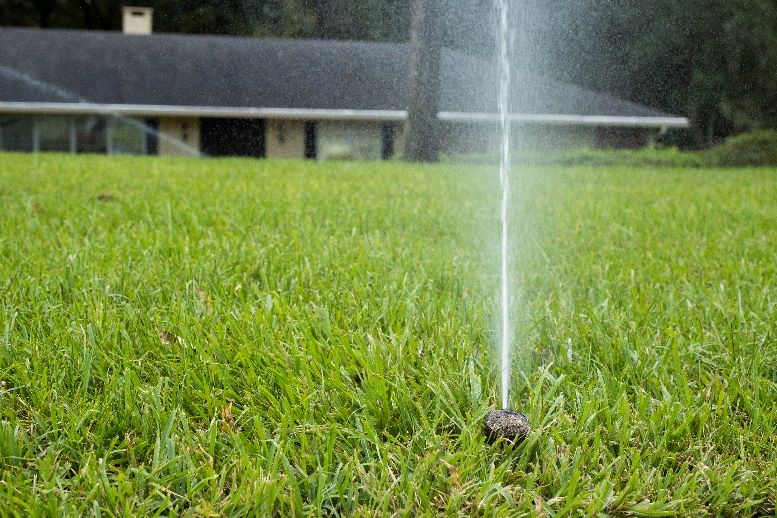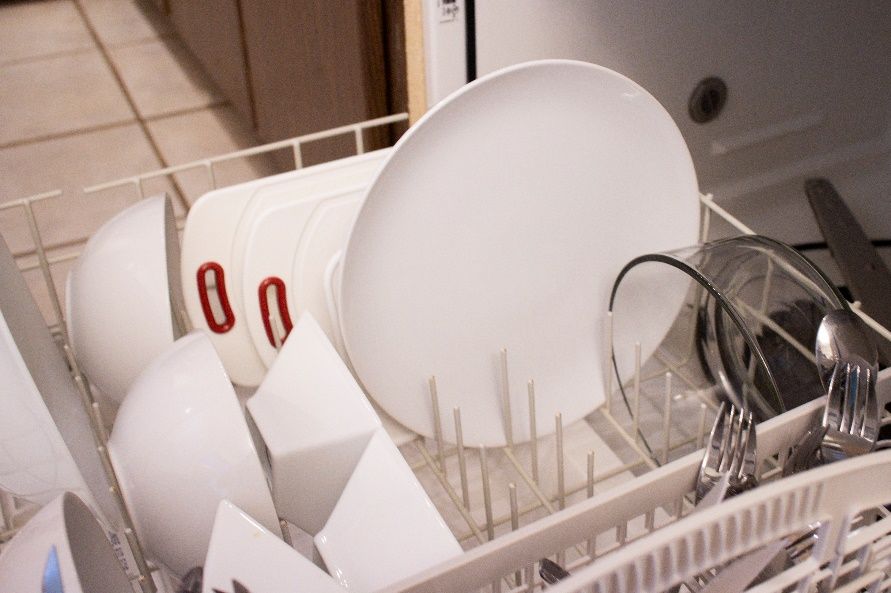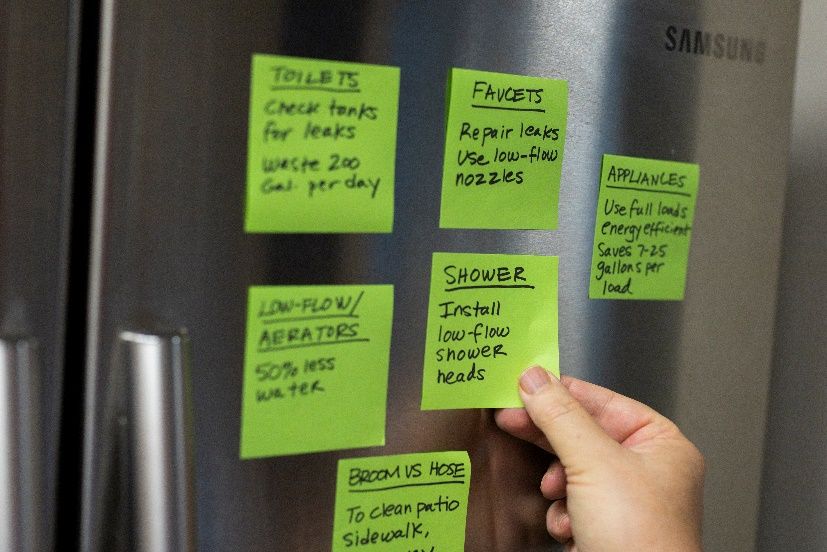Florida is known for its abundant springs, rivers, and lakes, but the state is facing a water crisis. By 2070, development-related water demand is projected to more than double to 6.5 billion gallons per day from the 2010 baseline of 3.1 billion gallons per day (UF Geoplan Center 2016). While the EPA estimates that outdoor water use accounts for 30% of household use nationally (Environmental Protection Agency 2022), research shows that some homes in Florida are using significantly more than this. In some counties, the highest water users spend 60–70% of their total water use for irrigation (Taylor et al. 2021; Taylor et al. 2022).
UF/IFAS research shows that common issues with irrigation systems include timers being set to water too frequently and/or for too long (Olmstead and Dukes 2020). Florida homeowners with high water use who are looking to save water and save money on their water bill should first look to see if they can reduce their outdoor water use. The goal of this publication is to help readers understand the magnitude of water used for a single irrigation event and encourage them to evaluate their outdoor water use. First, we calculated the estimated gallons of water used per irrigation cycle in Florida. Then, to help readers visualize the magnitude of that water use, we compared the water use of irrigation to other indoor behaviors.
How much water is used per irrigation cycle?
This study used county property appraisal data for 1,162,401 homes in Florida to estimate the typical irrigated landscape area. This data represents 22% of the 5,231,740 single-family, detached homes in Florida (as estimated by the United States Census Bureau).
It takes 0.62337 gallons of water to cover one square foot with one inch of water. With this constant, the following formula was used to calculate water use per irrigation cycle:
0.62337 gallons/sq ft - inch × irrigated area × irrigation depth = water use per irrigation cycle
For the homes in this study, the average lot size is 8,079 square feet with an average yard size of 6,359 square feet. After taking into consideration sidewalks, driveways, and non-irrigated parts of a landscape, we conservatively assumed that a home might irrigate half their yard. With that assumption, a home in Florida would irrigate an average of 3,179 square feet. Following IFAS recommendations of ½” irrigation depth (Trenholm et al. 2013), the average home would use at least 991 gallons of water each time they watered their yard. This is a conservative estimate, as this calculation assumes that the irrigation system is 100% efficient. However, no system is perfectly efficient, and research shows that typical irrigation system efficiency is 40–50% (Cardenas et al. 2021). The minimum water use per irrigation event would be 991 gallons, but a typical system could use more than double this conservative estimate. The only way to use less than 991 gallons of water would be to irrigate a smaller area or to apply less than 1/2" of water.
Calculation Inputs:
- Lot size – 0.18547 acres/8,079 square feet
- Home size – 1,720 square feet
- Yard size – 6,359 square feet
- Percent of yard irrigated – 50%
- Irrigated area – 3,179 square feet
- Irrigation constants – 0.62337 gallons/sq ft-inch
- Recommended irrigation depth – 0.5 inch per cycle
0.62337 gallons/sq ft - inch × 3179 sq ft × 0.5 inch = 991 gallons per irrigation cycle

Credit: UF/IFAS Photo by Tyler Jones
How much water is that?
Typical water use for household appliances such as bathroom faucets and toilets were taken from the EPA WaterSense website (Environmental Protection Agency 2008; Environmental Protection Agency 2013). Dividing the typical water use by 991 gallons yielded comparisons for how much water is used for irrigation (see Table 1 for the numbers used in these calculations).
One irrigation cycle, using 991 gallons of water, is equal to any one of the following:
- Running the bathroom sink for 495 minutes (8.25 hours)
- Flushing your old (pre-1994) toilet 198 times
- Flushing your new EPA WaterSense toilet 774 times
- Taking a 396-minute shower with a standard showerhead (6.6 hours)
- Taking a 495-minute shower with a WaterSense showerhead (8.25 hours)
- Doing 18 loads of laundry in a traditional washing machine
- Doing 37 loads of laundry in a high efficiency washing machine
- Running the dishwasher 50 times

Credit: UF/IFAS Photo by Rob Annis
Saving Florida’s Water
We all have a part to play in protecting Florida’s water. Most homes that irrigate their landscapes do so with potable water, the same supply they use for drinking, bathing, and cooking. As Florida’s population and water crisis grows, so will the need to find ways to conserve our potable water supply. The work we do indoors to reduce water use is important, and EPA WaterSense appliances and low-flow fixtures can help reduce indoor water use. While we don’t want to discourage any indoor water saving behaviors, we hope these comparisons have highlighted why those with high water use should first evaluate if they can save water in their landscape. Below are a few of the UF/IFAS best practices to help homeowners reduce overwatering and reduce their impact to Florida’s water supply (Dukes 2020).

Credit: UF/IFAS Photo by Tyler Jones
Saving Water in an Existing Landscape
Only water your lawn when it needs it. Overwatering can increase weeds and reduce drought tolerance (Trenholm et al. 2013). “Watering Your Florida Lawn (EDIS #ENH9)” shares a few signs to look for before you water. The signs include leaf blades that are folded in half, grass with a blue-gray tint instead of green, and footprints in the grass that remain visible for a long time (Trenholm et al. 2013). Remember to check your local watering restrictions before irrigating. If you choose to irrigate, the Urban Irrigation Scheduler is an easy-to-use resource (https://fawn.ifas.ufl.edu/tools/urban_irrigation/). It is Florida law that irrigation systems must have a working rain sensor device, and you can learn more about rain sensors in the EDIS publication “Residential Irrigation System Rainfall Shutoff Devices, or Rain Sensors (EDIS #AE221).” If you’d like to go a step further, you can install a smart irrigation device. A smart irrigation device helps to avoid unnecessary irrigation events by monitoring weather or soil moisture (Dukes 2021). If you need help, some utilities or water management districts offer evaluations and incentive programs to help you reduce your irrigation. Your local UF/IFAS Extension office is also available to help as you take steps towards reducing your water use.
Saving Water in a New Landscape
Consider reducing the amount of your landscape that needs irrigation. Irrigated area can be reduced by creating no- or low-water-use landscaped beds with mulch and drought-tolerant plants and/or by limiting in-ground irrigation to a small area in the yard. The Florida-Friendly Landscaping Program™ is a great resource to learn how to choose the Right Plant for the Right Place. Many local governments in Florida have watering restrictions that limit days of the week you can water, and exceptions for new landscapes often last only 30 to 60 days. If you do install an in-ground irrigation system in your new landscape, be sure to reset your irrigation timer after a short watering-in period and consider using a smart irrigation controller.
Whether you are saving water indoors or in your landscape, know that you are making a difference in protecting Florida’s resources for generations to come.
Data Availability Statement: Data used in this publication to calculate average lot size was provided by H2OSAV (Water Savings, Analytics & Verification), a UF/IFAS Extension program. The program works with utility partners throughout the state of Florida to help measurably reduce water use. This study included county property appraisal data collected in 2021 from the following Florida counties:
- Alachua
- Hillsborough
- Orange
- Osceola
- Pasco
- Pinellas
- Sarasota
- Seminole
- St Johns
Property appraisal data is open record and can be accessed through each county’s property appraiser website. Census data was used to calculate the percentage of homes in Florida that this dataset represents (2020: ACS 5-Year Estimates Data Profiles), and that census data can be found here: DP04: SELECTED HOUSING CHARACTERISTICS - Census Bureau Table.
References
Cardenas, Bernardo, Michael D. Dukes, Eliza Breder, and Jacqueline W. Torbert. 2021. “Long‐Term Performance of Smart Irrigation Controllers on Single-Family Homes with Excess Irrigation.” AWWA Water Science 3(2). https://doi.org/10.1002/aws2.1218
Environmental Protection Agency (EPA). “Indoor Water Use in the United States.” EPA. Environmental Protection Agency, June 2008. https://19january2017snapshot.epa.gov/www3/watersense/pubs/indoor.html#:~:text=Indoor%20Water%20Use%20in%20the%20United%20States,can%20use%2027%20percent
Environmental Protection Agency (EPA). “Showerheads.” EPA. Environmental Protection Agency, February 2013. https://19january2017snapshot.epa.gov/www3/watersense/products/showerheads.html
Environmental Protection Agency (EPA). “How We Use Water.” EPA. Environmental Protection Agency, May 2022. https://www.epa.gov/watersense/how-we-use-water
Michael Dukes. 2020. “Residential Irrigation System Rainfall Shutoff Devices, or Rain Sensors.” ABE325/AE221. EDIS 2020. https://edis.ifas.ufl.edu/publication/AE221
Michael Dukes. 2020. “Summary of UF/IFAS Turf and Landscape Irrigation Recommendations.” AE436. EDIS 2020. https://edis.ifas.ufl.edu/publication/AE436
Michael Dukes. 2021. “Smart Irrigation Controllers: What Makes an Irrigation Controller Smart?” AE442. EDIS 2021. https://edis.ifas.ufl.edu/publication/AE442
Olmstead, Thomas R., and Michael Dukes. 2020. “Frequency of Residential Irrigation Maintenance Problems. AE472. EDIS 2020. https://edis.ifas.ufl.edu/publication/AE472
Taylor, Nick, Kaitlin Olander Robb Price, Bradley Spatz, Parker Johnson, and Pierce Jones. 2021. “Florida H2OSAV Insights: Home Water Use in Orange County.” AE561, 06/2021. EDIS 2021 (3). https://doi.org/10.32473/edis-ae561-2021
Taylor, Nick, Kaitlin Robb Price, Bradley Spatz, Parker Johnson, and Pierce Jones. 2022. “Florida H2OSAV Insights: Home Water Use in Osceola County. AE568, 11/2021.” EDIS 2021 (6). https://doi.org/10.32473/edis-ae568-2021
Trenholm, Laurie E., Joseph B. Unruh, and John L. Cisar. 2013. “Watering Your Florida Lawn.” ENH9/LH025, 4/2013. EDIS 2013 (6). https://doi.org/10.32473/edis-lh025-2013
University of Florida GeoPlan Center (UF GeoPlan Center). 2016. Water 2070 Mapping Florida's Future - Alternative Patterns of Water Use in 2070. https://1000friendsofflorida.org/water2070/wp-content/uploads/2016/11/water2070technicalreportfinal-text-TOC.pdf
Table 1. Water use of common household indoor appliances.